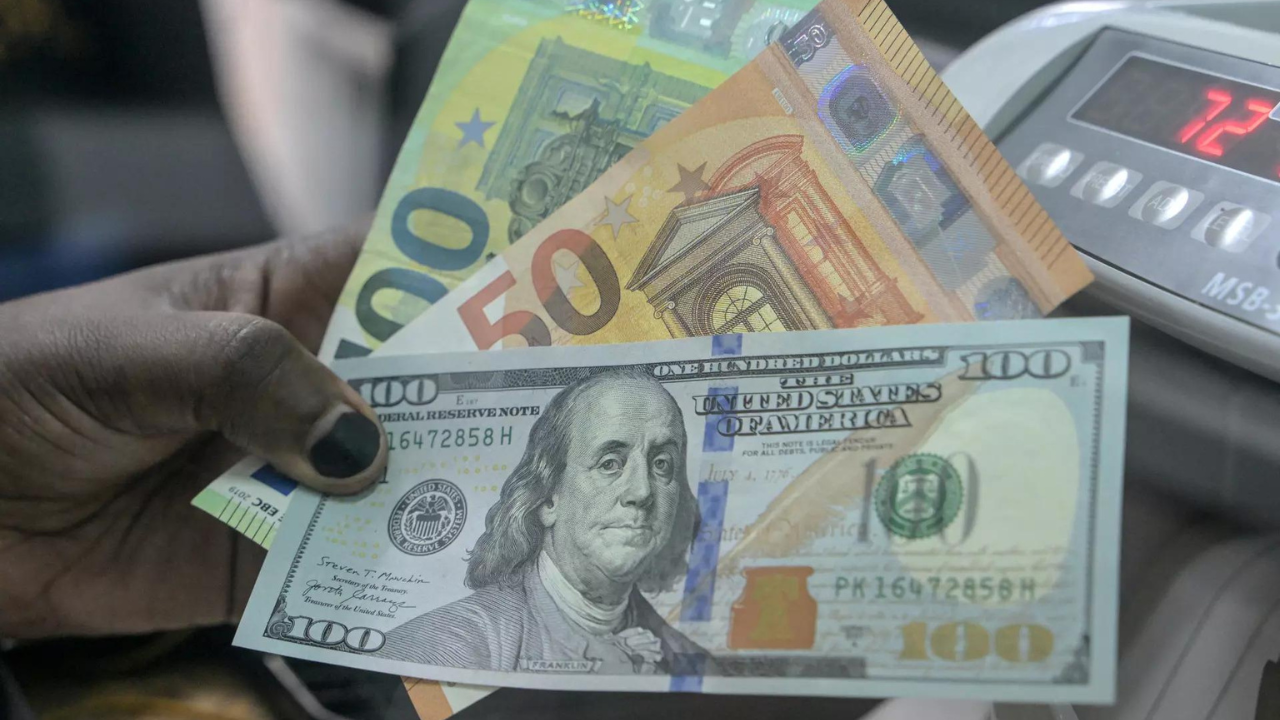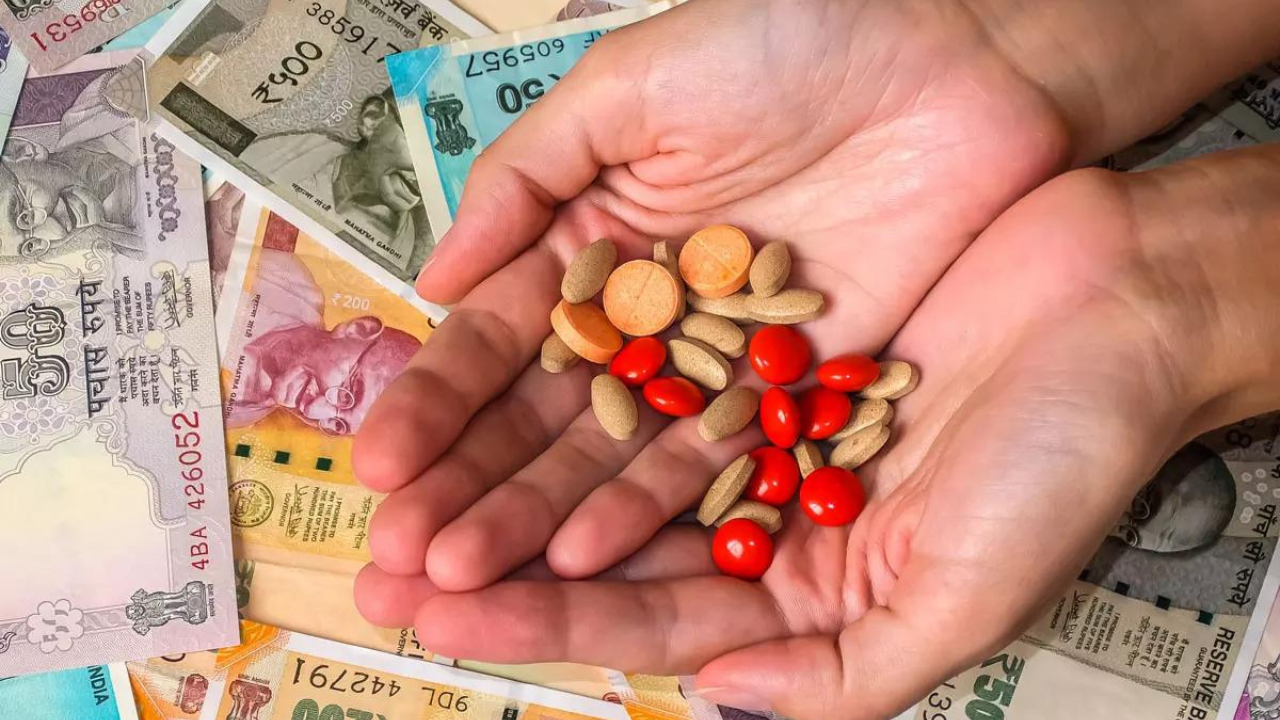How Indians save and borrow – in six charts

Join our WhatsApp Community to receive travel deals, free stays, and special offers!
- Join Now -
Join our WhatsApp Community to receive travel deals, free stays, and special offers!
- Join Now -

In a decade to 2023-’24, the structure of the financial savings of Indian households has changed.
Deposits still hold the lion’s share, but instruments such as stocks, small savings and government bonds and provident and pension funds have seen a rise in popularity.
Similarly, while banks continue to be the biggest lenders to Indian families, loans from non-banking financial companies saw an increase.
Overall, as of March 2024, Indian households had financial assets worth about Rs 320 trillion ($3.7 trillion) and liabilities of Rs 121 trillion ($1.4 trillion).
In 2022, IndiaSpend reported on how India’s poorest households were increasingly relying on debt to meet everyday expenses, especially during and after the Covid-19 pandemic. The report noted a shift in borrowing patterns: urban poor turning to institutional credit, while rural poor continued to rely on moneylenders.
In six charts, we examine how Indian households are saving and borrowing, using data from the Ministry of Statistics and Programme Implementation and the Reserve Bank of India.
In 2022-’23, the latest year for which data has been published by the ministry, Indian households added financial assets worth Rs 29.7 trillion ($340 billion) and liabilities worth Rs 15.6 trillion ($180 billion). With an estimated 294 million households, this means, on average, a family added Rs 1 lakh in financial assets and Rs 53,000 in liabilities...
Read more
What's Your Reaction?
 Like
0
Like
0
 Dislike
0
Dislike
0
 Love
0
Love
0
 Funny
0
Funny
0
 Angry
0
Angry
0
 Sad
0
Sad
0
 Wow
0
Wow
0























































